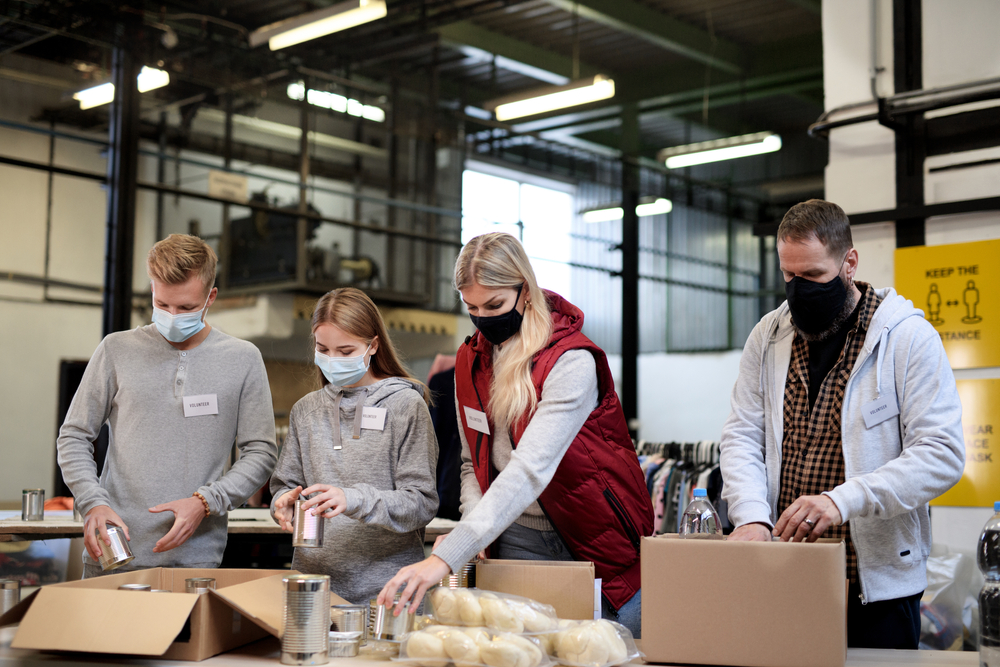Protective service occupations (public safety) had the highest rate of deaths from COVID-19 at 60 deaths per 100,000 workers, according to a new study from the Centers for Disease Control and Prevention’s (CDC) Division of Vital Statistics. The industry with the highest death rate was accommodation and food services, with 55 deaths per 100,000 workers. The overall death rate was 28 per 100,000 workers, the National Institute for Occupational Safety and Health (NIOSH) reported in its January eNews.
The workplace emerged as a place of potential exposure to the SARS-CoV-2 virus during the COVID-19 pandemic, according to NIOSH.
Researchers reviewed death records in the National Vital Statistics System from 2020 to estimate COVID-19 death rates per 100,000 workers by occupation and industry among workers aged 16 to 64. Researchers also estimated the proportion of deaths caused by COVID-19 within an industry or occupation compared with the proportion of deaths from COVID-19 among all workers.
Further research is needed, according to NIOSH, to understand how different working conditions can affect workplace COVID-19 exposures. Conditions for further study might include protective measures, such as mask-wearing and physical distancing, which may be more difficult for workers in certain work environments such as food preparation and service-related occupations.
Hazards of electrical work
NIOSH also announced recently published findings on high-risk electrical work and contributing factors. The institute sponsored a research team at CPWR-The Center for Construction Research and Training that collaborated with 10 experts representing electrical contractors, unions, and trade associations to develop a data collection form for identifying the electrical tasks that posed the highest risk for injury.
Researchers compiled a list of the most dangerous electrical tasks and factors that contributed to the risk of injury.
The 10 electrical tasks that posed the greatest risk of injury to workers were:
- Demolishing or removing electrical equipment;
- Performing site work, layout, and logistics;
- Preparing ground for underground electrical installations;
- Working with pull cables and wires;
- Performing lockout/tagout (LOTO) to ensure equipment is shut off and cannot be restarted improperly;
- Operating trucks with boom lifts or stand-alone lifts;
- Producing openings for conduit and electrical lines;
- Installing new electrical equipment;
- Performing preventive maintenance on electrical equipment; and
- Energizing electrical equipment.
Examples of contributing factors that can increase the risk of injury when installing new electrical equipment include tight workspaces, improper coordination of overhead work, and uncomfortable personal protective equipment.
A potential next step could be developing an online system that contains task-specific information and proven controls to lessen hazards. Such a system could help smaller electrical companies with fewer resources, according to NIOSH.
NIOSH Director John Howard, MD, announced the institute’s launch of the National Firefighter Registry (NFR), a voluntary registry of active and former firefighters with the goal of understanding and reducing cancer among firefighters.
While researchers know that firefighters are exposed to cancer-causing substances on the job and can have a greater risk of some cancers than the general population, past research studies have not included enough firefighters who are volunteers, female, or people of color to draw conclusions about their cancer risk. Information about the registry is available on the NFR website.

